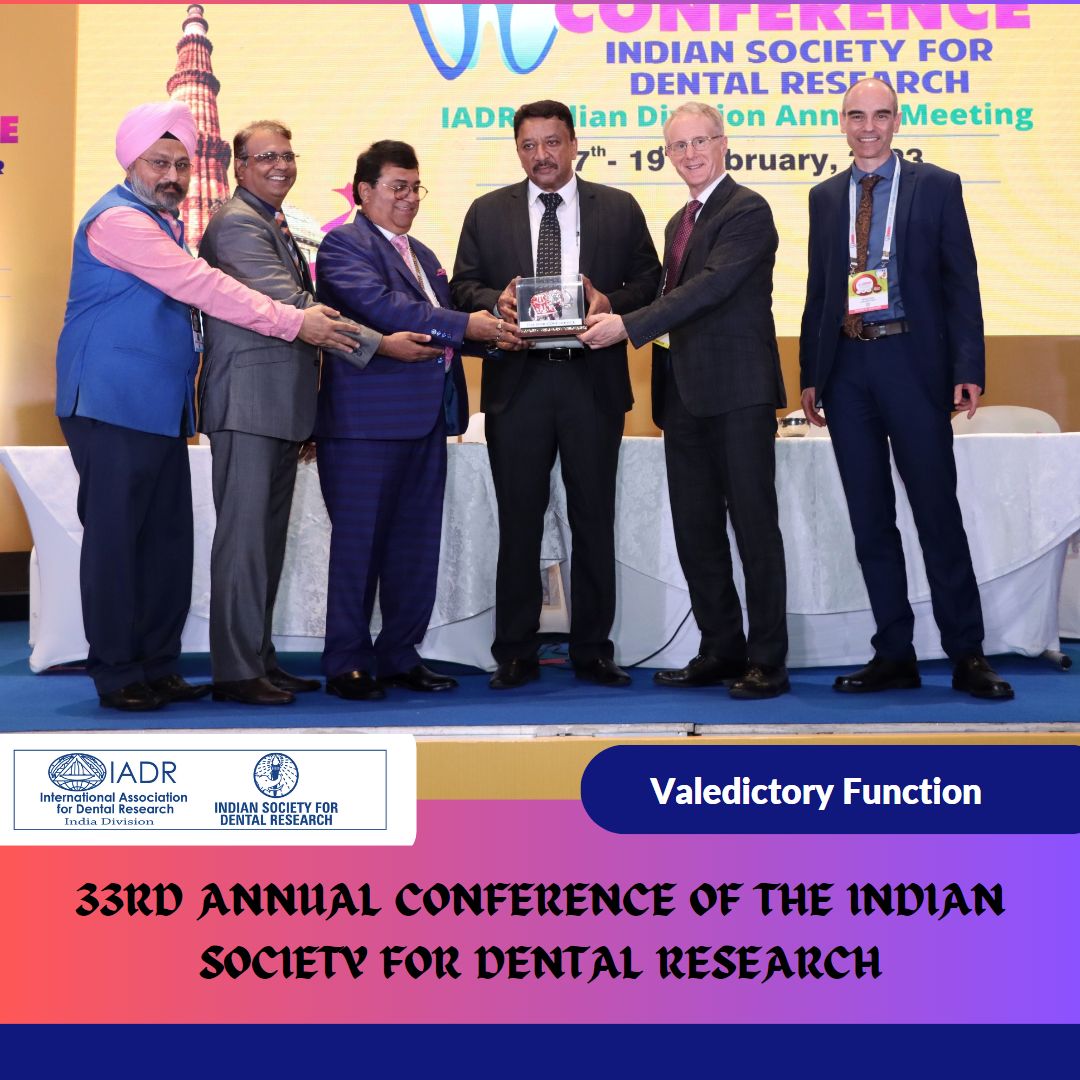Contents
Dental caries and periodontal disease
Dental caries result from the demineralization of teeth structure by acids that are formed through the degradation of food in the mouth. This leads to the breakdown of the hard structure of the tooth ultimately leading to the loss of the tooth. Teeth are attached to the bony socket with the aid of periodontal ligaments. Periodontal disease or gum disease leads to the loss of periodontal ligaments and supporting bone. This leads to the tooth becoming mobile due to loss of bony support. This also ultimately leads to the tooth falling out.
Neglect of a carious tooth with consequent abscess formation
Dental caries is treated through restorations. When dental caries perforates into the pulp chamber within the tooth, it leads to infection of the pulp tissue. When this is not treated appropriately with root canal treatment, it will ultimately lead to necrosis of the pulp and abscess formation. When a tooth abscess is not attended to and becomes a chronic problem, it will ultimately lead to a sinus tract formation to enable pus drainage.
Chronic draining sinus on the left cheek
The patient had a carious left lower first molar filled a few years ago. Filling was improperly done with progression of the caries deeper into the tooth structure. The caries ultimately reached the pulp chamber leading to infection of the pulp. An abscess soon developed in relation to that tooth. The patient neglected the tooth for a long time. Symptomatic relief through the use of antibiotics and pain killers ensured that he never underwent any proper treatment.
The pain and swelling kept recurring on and off in relation to the lower-left permanent first molar. A draining sinus to his left cheek with granulomatous tissue soon formed at the site with chronic pus drainage. He presented to our hospital for surgical excision of the sinus through the utilization of facial cosmetic surgery techniques. This would ensure that no unsightly scar tissue would be left behind at the site of the sinus opening. Results for facial cosmetic surgery in India are on par with the best in the world. A facial cosmetic surgeon in India undergoes years of rigorous training.
Initial examination of the patient at our hospital
Dr SM Balaji, facial cosmetic surgeon, is vastly experienced in cosmetic surgeries. He examined the patient and ordered a 3D CT scan of the left jaw. It revealed a sinus tracking from the distal root of the left lower first molar and opening onto the left cheek. He explained the surgical procedure to the patient who consented to surgery. He said surgical removal of the sinus was very important as it can lead to the formation of unsightly hypertrophic scars if not excised. Plastic surgery with the utilization of skin flaps would be required for the excision of such scar tissues.
Categorization of scar tissue for scar revision surgery
Different types of scars require different types of scar revision. One such cosmetic procedure would be tissue expansion. Tissue expansion is most commonly utilized for breast augmentation. Excision of extensive scar tissue requires reconstructive surgery by a plastic surgeon. These surgery procedures come under the category of facial plastic surgery. Each layer of skin is carefully sutured to avoid unsightly scar formation. This is the principle behind face lifts. The ideal approach would be to avoid extensive scar tissue formation by meticulously closing the wound through layered suturing using resorbable sutures for the deeper layers and nonresorbable suture material for closure of the skin.
Surgical excision of draining sinus tract
Under general anesthesia, a mucogingivoperiosteal incision was first made mesial to the molar. This would help expose the site of abscess formation at the distal root of the molar tooth. A flap was next raised to expose the sinus tract. The tooth was then extracted. All granulation tissue at the apical region was debrided thoroughly. This was followed by tunneling an artery forceps through the sinus tract until it reached the facial surface. Care was then taken to fully excise the sinus tract and the incisions were sutured. Adoption of facial cosmetic surgery techniques resulted in no scar formation for the patient. The patient tolerated the procedure well and recovered well from general anesthesia.
Postoperative instructions were given to the patient. The patient was instructed to keep the area clean and dry and to not pull at the scab formed at the area. It was explained that this was necessary to avoid any scar formation at the site of the sinus opening on the left cheek.
The patient presented a few weeks after surgery for a checkup. There was no visible scar formation from the surgery. This ensured that there would be no necessity for scar revision surgery in the future.
Surgery Video




